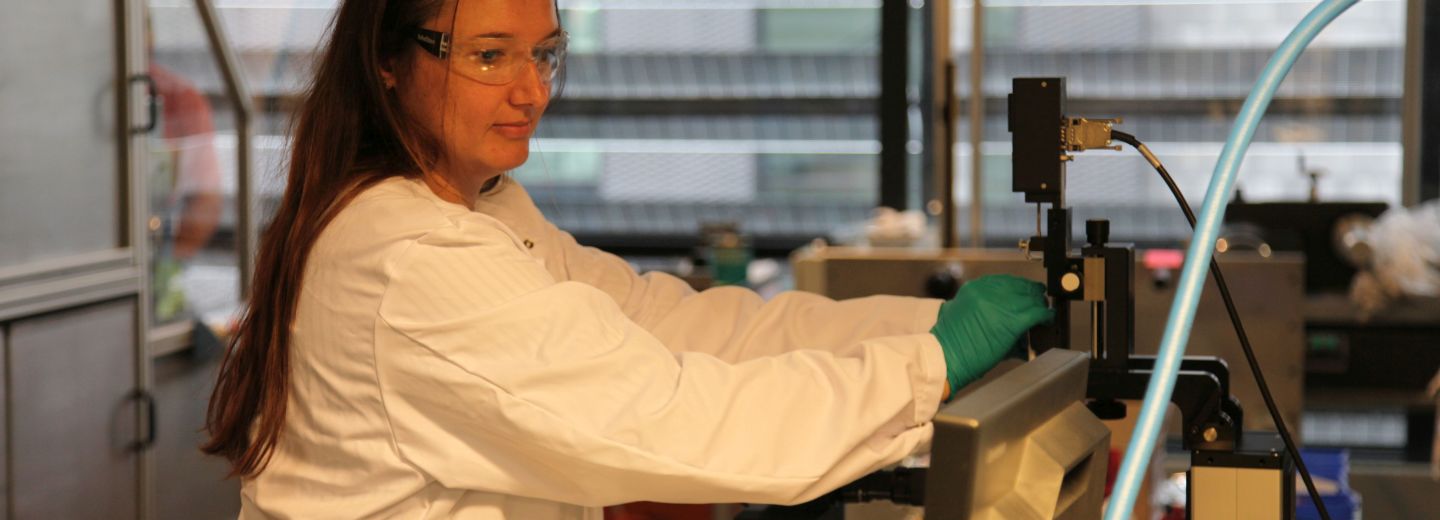
The phone of the future can send scents
The TeleScent project at SDU has just received a grant from the Villum Foundation's Experiment programme. The researchers aim to add the sense of smell to our digital communication so that future phone calls will involve sound, video, and scent.
Scents are closely linked to memories. Associate Professor at NanoSyd, SDU, Roana de Oliveira Hansen, originally from Brazil, misses the smell of her mother's cooking.
"When I talk to my mother, I can get both sound and images. For example, I can see her in the kitchen and hear the pots bubbling and sizzling, but I can't smell the food. And it's the smell of her cooking that I miss the most. It reminds me of being home."
This led Roana de Oliveira Hansen to develop the idea for the TeleScent project, which has just received 2 million Danish kroner from the Villum Foundation's Experiment programme.
The project aims to develop technology to send and receive scents over distances. By combining digital microfluidics and advanced electronic noses, TeleScent can first recognise a smell and then form small "scent packages" to send to the recipient's device. This means that, in a few years, we could have a new type of phone that transmits sound, images, and scent.
"We could call it TeleScent. It will add a new dimension to how we communicate digitally in the future," says Roana de Oliveira Hansen enthusiastically.
Many applications in film and online shopping
The technology allows you to send the smell of freshly baked bread to a friend and could add an extra dimension to future film experiences.
Imagine, for example, the iconic moment in 'Scent of a Woman', where the blind, retired Colonel Frank Slade—brilliantly portrayed by Al Pacino—meets Donna and immediately recognises her perfume: Fleurs de Rocaille by Caron. Imagine if you could smell the scent as the colonel describes it and link it to her elegance and personality.
And speaking of perfumes, consider what it could mean for online perfume shopping if you could smell the different brands before choosing which one to buy. Or wine? Or spices and other food products? The possibilities are endless.
"Tourism could also benefit from this—imagine being able to smell attractions in other countries before visiting them," suggests Roana de Oliveira Hansen.
And yes, there is great potential in that direction. The technology could transport you to a food market in the heart of Marrakesh, where the air is so thick with scents that it feels like walking through a blanket of aromas. From your living room, you could be hit by an explosion of smells: spicy cinnamon, sweet star anise, and the earthy, warm scent of turmeric and saffron. It would almost feel like being there in person.

A Glimpse into the future
TeleScent technology is the next giant leap in digital communication, but it's important to emphasise that several barriers need to be overcome before we get there. It won't be this year or next that you can send the smell of a rose to someone you care about.
"This is basic research, and we don't know where it will take us. We are in the early stages, and there are many technical challenges. But the potential is enormous. We know we can send predefined scents and create a vast library of aromas," says Roana de Oliveira Hansen.
She explains that, technically, recognising scents with sensors and machine learning is not a challenge—it's only a matter of time. The big challenge is emitting scents from a small device.
"Our initial goal is to be able to send 25 distinct scents and create a large library for users to choose from, but if we can overcome the first barriers, we can open up a new era in digital communication, where sending scents will be as easy as sending text messages today," says Roana de Oliveira Hansen optimistically.
That is precisely why TeleScent is a perfect fit for the Villum Experiment programme, which gives space for ideas that may seem too untested, risky, or innovative for traditional funding but have the potential to produce groundbreaking results.
You can read more about the Villum Experiment programme here.